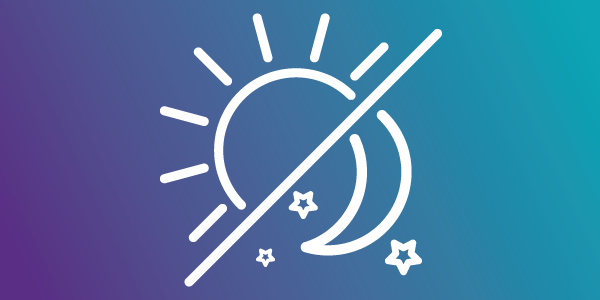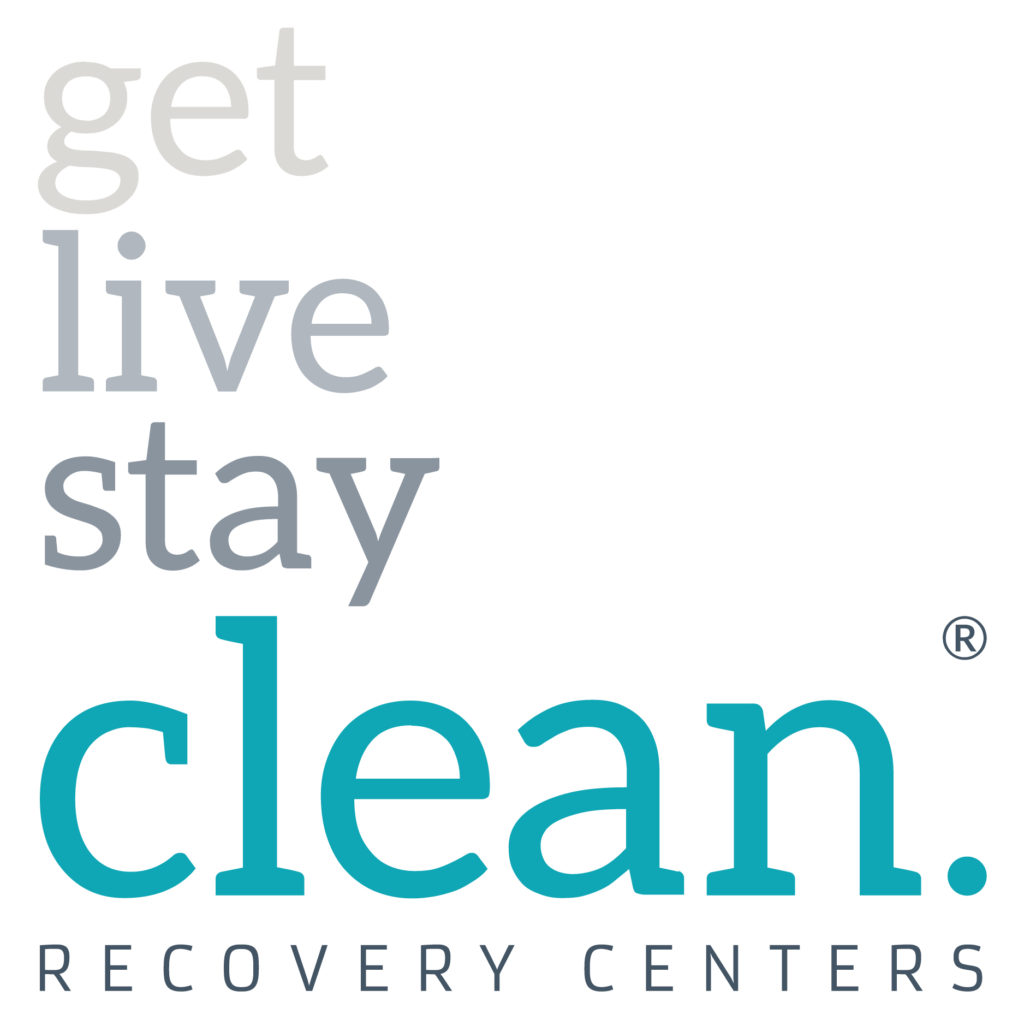What Is Day/Night Treatment?
Addiction recovery is a lifelong process that takes daily reflection and a dedication to making smart decisions, but how do you get started along the path to freedom from dependency? While some people benefit from a full-hospitalization program, it does have the drawback of taking the patient away from family members who can be extremely helpful during the recovery process. One alternative to traditional hospitalization is Day/Night treatment (DNT), which allows patients to return home at the end of the day. Here’s a look at how DNT treatment works to help you decide if it’s the right course of action for yourself or a loved one.
Understanding Terminology
Depending on your chosen recovery center, DNT may also be referred to as a partial hospitalization program (PHP), but the strategy is the same. Think of PHP treatment as a middle ground between a completely outpatient approach and a residential center where patients live at the facility. Once the day’s therapy activities are complete, a patient in this type of system can enjoy the comfort and familiar bed he or she has at home.
What To Expect
If you’re considering DNT treatment for your addiction, you might have questions about how the program works. From the moment you set foot in the Clean Recovery Centers facility, you’ll embark on a rigorous curriculum that takes a four-pronged plan of attack:
- Experiential processes
- Identification of defense mechanisms
- Exploration of belief systems
- Symbolic integration
Each of these strategies is a crucial component of recovery, and you’ll need to commit fully if you hope to get the most out of your Day/Night treatment programs. Here’s a look at each technique and a few examples of activities you’ll experience during your stay.
Experiential Processes
This part of DNT treatment focuses on getting group members to participate as an effort to discover the reasons for their addictions and the importance of getting help. During this phase, patients meditate, reflect on their own situations and work on setting realistic short-term goals for the path ahead.
Defense Mechanism Identification
Every human being has situations that cause personal discomfort, and often times, the reaction to a perceived attack is a defense mechanism. People who suffer from addiction can experience an array of negative emotions such as shame, remorse and guilt, and it’s only natural to erect personal defenses as a response. By identifying these mechanisms, patients in this phase of DNT treatment can gain a greater recognition of the conditions that cause their manifestation, and start breaking them down.
Belief System Exploration
For those suffering from addiction, the brain is not functioning properly, and that can result in the establishment of false beliefs surrounding the condition. Therapists work with patients to identify each belief and develop a strategy to help eliminate them and replace them with healthier philosophies.
Symbolic Integration
From body language to speech, human communication is fraught with symbolism, and people suffering from addiction have their own symbols. Program specialists work with each patient to develop a new system of symbols to integrate into daily life.
Start the Process Today
Now you know more about DNT treatment programs, you can decide for yourself if this technique is right for your situation. More than 21 million Americans over the age of 12 suffer from some form of substance abuse disorder, which means you are not alone in your struggles. If you suffer from addiction, turn to the professionals at Clean Recovery Centers for a “Three-Phase Approach” that uses group sessions, individual attention, case management, coaching and 12-step support to break the cycle of dependency. To learn more about treatment options or make an appointment for an initial consultation, contact Clean Recovery online or call 1-888-330-2532 today.
Sources:
Recent Posts


